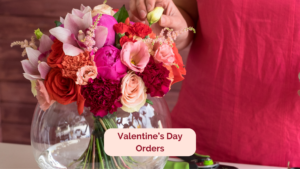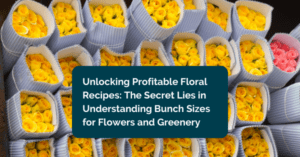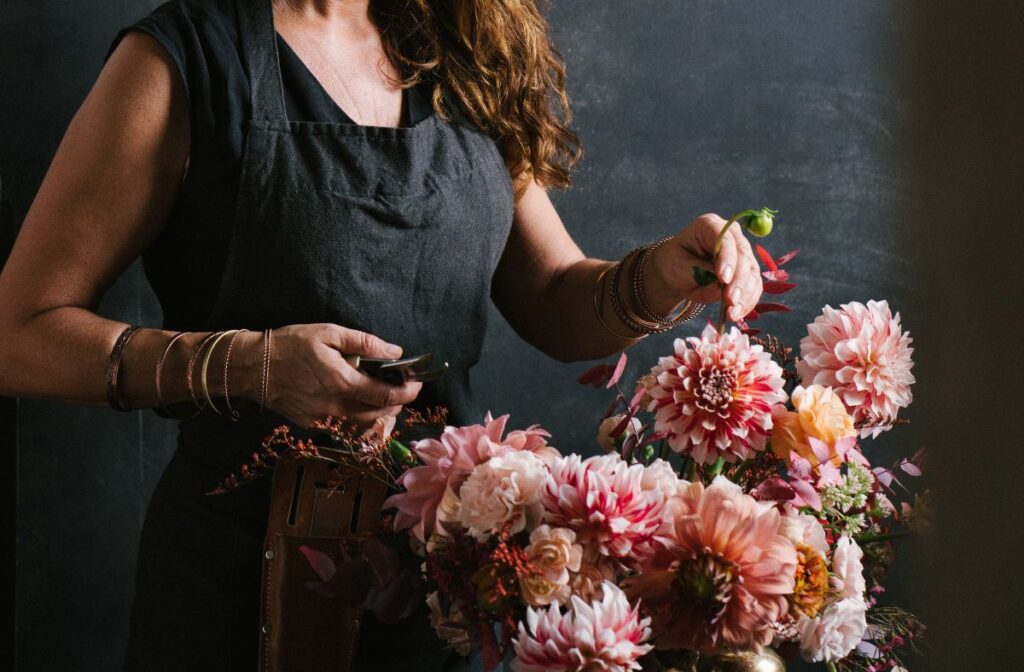
Whether you are an experienced or beginner florist, you need to learn how to price your work or arrangements, as in this case. You need to learn and cover the cost of florist supplies, floral arrangements, and labor to make a healthy profit. It doesn’t mean making your products overpriced but simply choosing the right floral designs and a profitable florist pricing formula.
There are a number of steps you can take to reduce your costs. Understanding the customer base, your costs, and your market will help you create an effective pricing strategy. Pricing flowers for retail sale or in arrangements can be tricky. You have to carefully evaluate various factors, like the wholesale cost of materials used. Materials like flowers, foliage, containers, ribbons, and decorative pieces are used. Cost of other items like flower food, flower foam, tape, wire, cards and envelopes, packaging materials, and others needed to make a finished product.
Apart from the basic supplies cost, you should also factor in the utilities, employee wages, rent costs, and other overhead costs. This money is also a cost incurred to remain functioning as a business, and ignoring these will lead to a loss of money eventually. Another important factor is markup. Florists normally price their fresh flowers and hard goods higher and add labor charges according to the designs and their complexity.
Having considered all these costs, your business profit will depend on the quality of your material used, reputation, types of flowers used, and clientele. Considering all this will give you an idea of how you calculate the bouquet price.
Understanding Floral Design Pricing Strategies and Cost Structures
A profitable pricing strategy is built on a solid understanding of your cost structure. Before setting prices, you need to know the full range of your expenses. These include direct costs like flowers and vases and indirect costs like labor and overhead.
Here’s how to break it down:
1. Product Costs:
Product costs include everything you use to create your floral arrangements, such as flowers, greenery, vases, and accessories like floral foam or ribbons. Be aware of seasonal price fluctuations and consider bulk purchasing strategies when possible to reduce per-unit costs.
-
- Pro Tip: Keep a detailed inventory sheet that tracks the cost per stem for commonly used flowers. This way, you can easily calculate the total product cost for any arrangement
2. Labor Costs:
Labor is often underestimated but can significantly impact your profitability. Consider the time spent on:
- Consultation and Proposal Creation.
- Floral Design and Production
- Setup and Teardown at the venue.
Calculate labor cost using this formula:
Hourly Rate x Number of Hours Spent = Total Labor Cost
Example: If your hourly rate is $50 and you spend 5 hours creating an installation, your labor cost is $250 ($50 x 5 hours = $250).
3. Overhead Costs:
Overhead includes rent, utilities, software subscriptions, website maintenance, and transportation. These are fixed costs that need to be factored into your pricing model.
-
- Pro Tip: Based on the scale and duration of the event, allocate a percentage of your overall overhead to each project
Understanding your true costs is the foundation for setting profitable floral design pricing strategies that not only cover expenses but also contribute to the growth of your business.

Calculating Costs Using Floral Design Pricing Strategies
Once you know the cost structure, incorporate those figures into the pricing model.
Pricing Formula:
Total Price of product = (Product Cost + Labor Cost + Overhead cost) × Markup cost
1. Product Cost Calculation:
Add the cost per stem of each flower in the arrangement, along with any hard goods like vases or accessories.
Example: A bridal bouquet that includes 10 roses ($1.50 each), 10 peonies ($3.00 each), and 15 stems of foliage ($0.80 each) has a total product cost of:
10 × 1.50 = 15
10 × 3.00 = 30
10 × 0.80 = 8
15 + 30 + 8 = 53
Total Product Cost: $53
2. Labor Cost Calculation:
The time required to create the bouquet is multiplied by your hourly rate. Suppose the bouquet takes 1 hour to create, and the hourly rate is $50, then the labor cost is $50.
3. Overhead price Allocation:
Suppose the monthly overhead is $2,000, and the average number of events per month is 10. Then, the overhead per event is $200. For a single bouquet, this might translate to $20 of overhead.
Final Price Calculation:
Using a markup multiplier of 3x (common in the industry), the total price of the finished product is:
(Product Cost + Labor Cost +Overhead cost ) × 3
53 + 50 + 20 = 123
123 × 3 = 369
Total Price for Bridal Bouquet: $369
This formula will ensure that the price of creating each arrangement is covered and a good profit is generated.
Use Pricing Tiers in Your Floral Design Pricing Strategies
Offering a range of products at different price points helps capture a wider market. Introduce pricing tiers in your proposals as a way to cater to different budget ranges while maintaining profitability. Create three levels:
1. Basic:
Include the less time-consuming simple designs in your signature style with few or fewer premium flowers. Make it a budget-friendly option for everyone.
2. Standard:
This tier includes the mid-range option, weighing in both the cost and aesthetics. Include a moderate number of premium flowers and more intricate designs.
3. Premium:
This is the high-range option where you can go all out with luxury flowers, large-scale installations, and high-end design elements. This category will allow us to showcase more artistic talent.
Example: For a table centerpiece.
- Basic: Small, compact centerpiece with standard flowers like roses and carnations.
- Standard: Medium-sized centerpiece with a mix of roses, hydrangeas, and greenery.
- Premium: Large centerpiece featuring peonies, orchids, and specialty blooms arranged in a high-end vase.
Offering different categories of package deals with a range of budgets can cater to clients with small budgets. A satisfied customer will help make a customer base for future occasions and events.
Examples: Floral Design Pricing Strategies
Pricing can vary significantly based on location, clientele, and flower availability.
Here are some examples to give a framework:
1. Bridal Bouquet:
- Basic: $120 – $200
- Standard: $300 – $500
- Premium: $550 and above
2. Reception Centerpieces:
- Basic: $75 – $150 each
- Standard: $200 – $350 each
- Premium: $400 and above
3. Floral Installations (e.g., Ceremony Arch):
- Basic: $500 – $1,000
- Standard: $1,250 – $2,500
- Premium: $3,000 and up
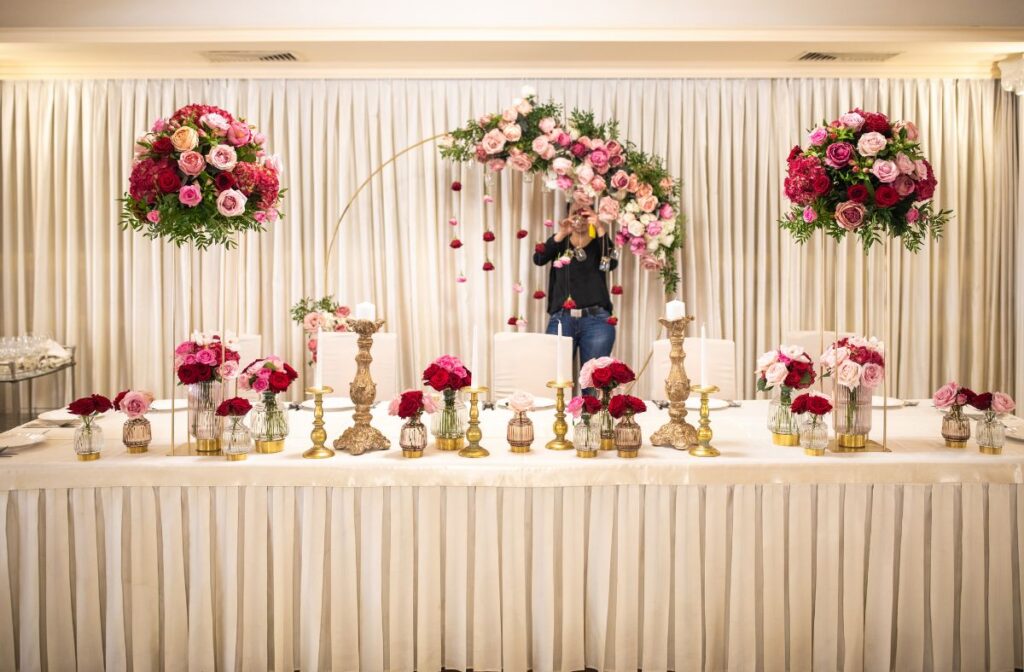
Strategies to Effectively Communicate with the clientele:
Floral
business is the business of luxury. Clients often focus on cost, but as a
florist, you need to shift the conversation to value and experience. They may
stress about the cost, but all they want is the experience. Use these
strategies to effectively communicate with the client:
·
Accentuate Quality and Customer Experience:
Highlight the fresh and unique flowers you source, your years of experience,
and your dedication to creating customized designs for clients.
·
Describe the Design Process: Share
how much time and effort goes into creating each arrangement, from sourcing to
design.
·
Offer Visual Comparisons: Show
images of what a $500 centerpiece looks like compared to a $1,000 centerpiece.
This allows the client to see the substantial difference in size and quantity
of product.
Example:
Instead of saying, “This arrangement costs $3,000.”
Say, “This
arrangement includes 100 premium peonies and intricate layering of roses and
lilies. Our team will customize it to match your venue’s unique backdrop.”
By
focusing on the value of your work and the experience of the
occasion, clients will be more willing to invest in your designs.
Effectuate
pricing strategies to boost profits
Executing
a good floral design strategy or floral pricing formula is crucial to building
and maintaining a profitable business with a thorough understanding of the
costs incurred and marketing practices and the ability to communicate with the
clientele to help grow the business. The difference between a good pricing
strategy and marketing is why the client should spend $150 on a bridal bouquet
instead of a $30 grocery store bouquet.
Maximum
people who want any kind of floral arrangement or installation at a venue want
to have the experience. Focus on the quality of the product delivered. Trying
to understand their vision for the day and offering arrangements accordingly is
what will help you make a profit and grow the business into a sustainable
business.
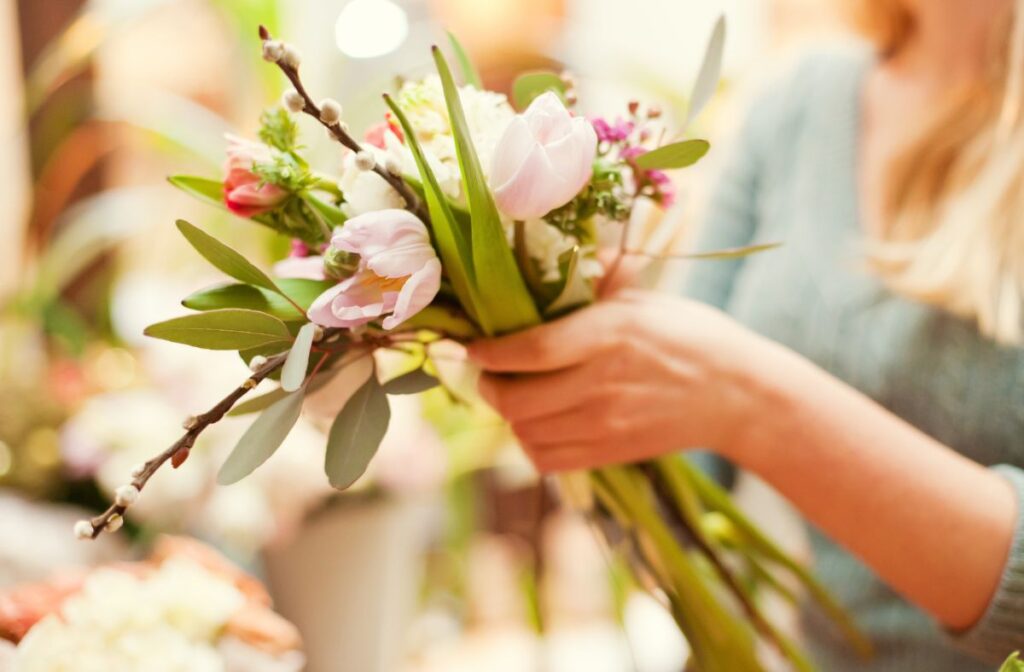
Ready to take your pricing strategy to the next level? Check out our guide on Creating Floral Design Proposals That Convert to see how to align your pricing strategy with powerful proposals that attract high-end clients


